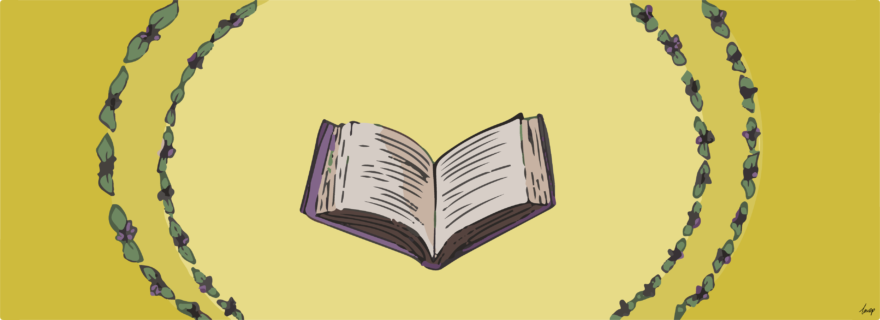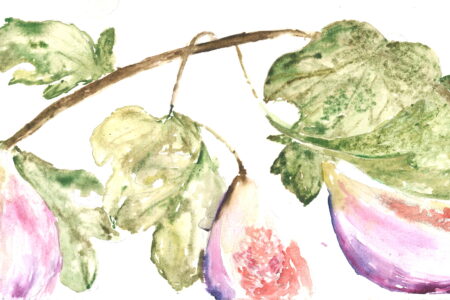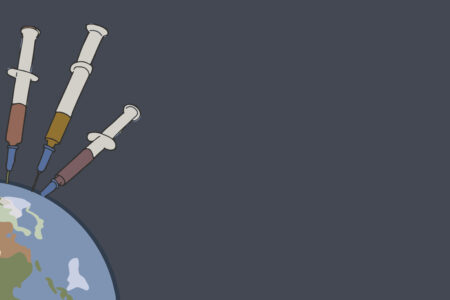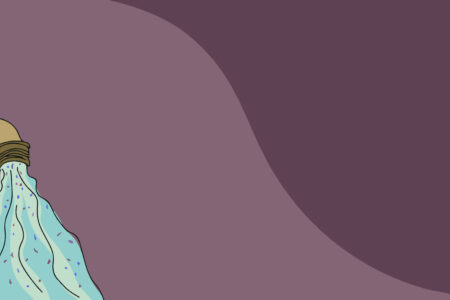An ode to transdisciplinarity
A while ago I read The Anthropocene Reviewed, by John Green. It is a collection of essays on the era we are currently living in: the one in which humans are significantly shaping the planet. Every essay reviews an aspect of the Anthropocene – from Super Mario Kart, to air-conditioning, to teddy bears – on a scale of 1-5 stars. Green evaluates “developments” that are not always showing progression and habits that make little sense, but he also assesses projects, communities, and objects with a positive impact on the world. At the core, his essays display human interactions and collaborations: whether they harm the planet or join forces to make a positive difference.
Zooming in on the latter, Green argues that although some people are at the forefront of positive change, developments and sustainability transitions can never be attributed to one “genius”. At one point, he writes: “What’s most interesting to me about humanity is not what our individual members do, but the kinds of systems we build and maintain together. The light bulb is cool and everything, but what is really cool is the electrical grid used to power it.” As I’m currently writing my master thesis on system dynamics and the energy transition, a poetic sentence like this obviously gets my heart racing, but energy aside, I think this line holds the key to environmental change.
I am lucky to be in a transdisciplinary master’s programme. My teachers and classmates come from a wide variety of backgrounds, my courses cover environmental science and public administration, and my research is fed by both statistics and models, as well as by policy documents and case studies. I always thought that a broad orientation was mainly for students who had too many interests and had trouble choosing a focus. But I now realise that connecting disciplines is a science in and of itself.
I can see what happens when we bring all these different perspectives to the table. When archaeologists talk to industrial ecologists who talk to anthropologists who talk to biologists and policy scientists. It will no longer be just one genius thinking on how to proceed with the world; it becomes a collaborative network of people sharing their knowledge, passion, and creativity. Bridging disciplines. Coupling ideas.
And yes, that is hard. And yes, that is necessary.
Because the sustainability transitions of today are not just about the environment. Or about the economy. Or about health. They are about everything and everything, and about the grid that connects everything to everything.
So let us take a moment to cherish transdisciplinarity. And let us continue working together.
Annemiek de Looze






0 Comments